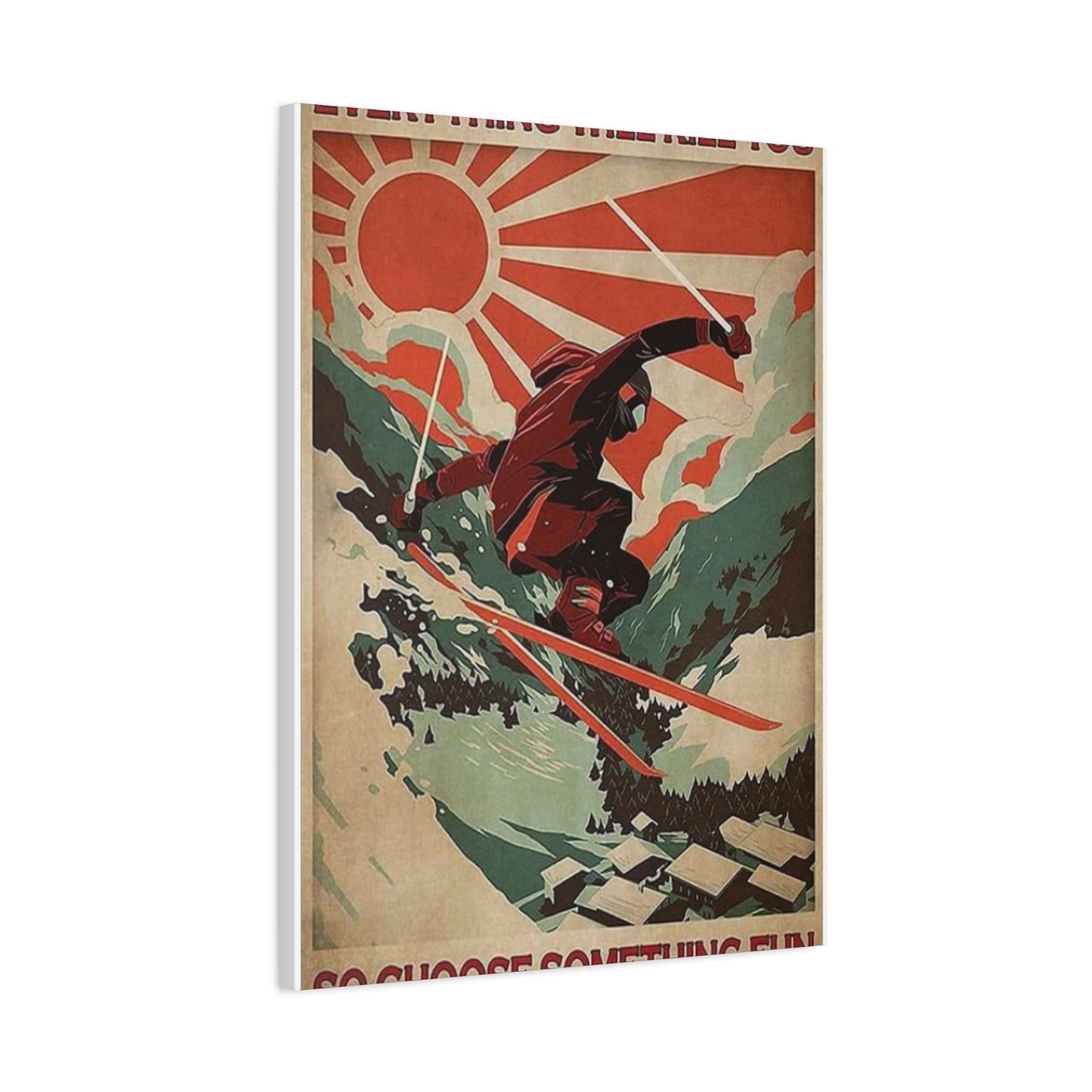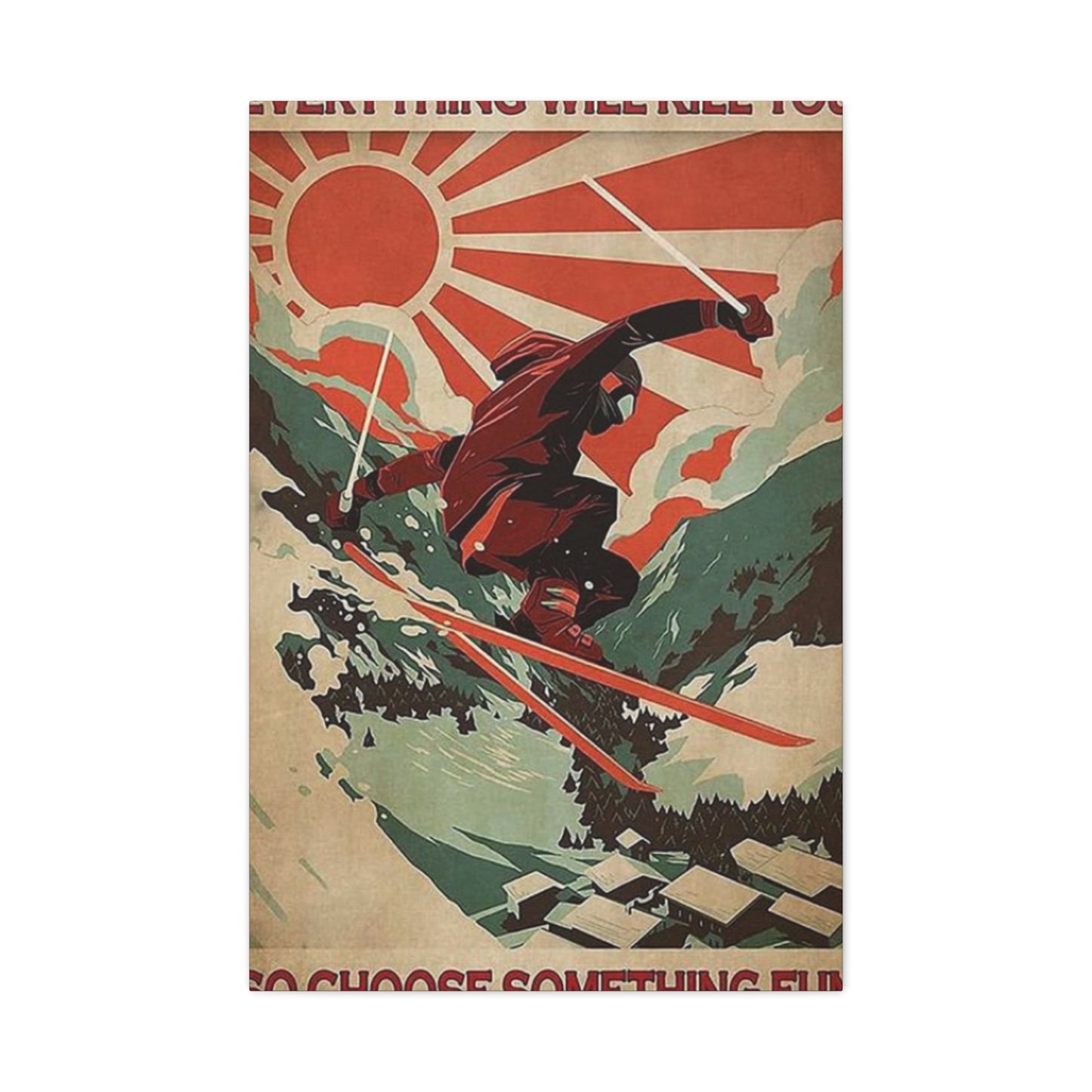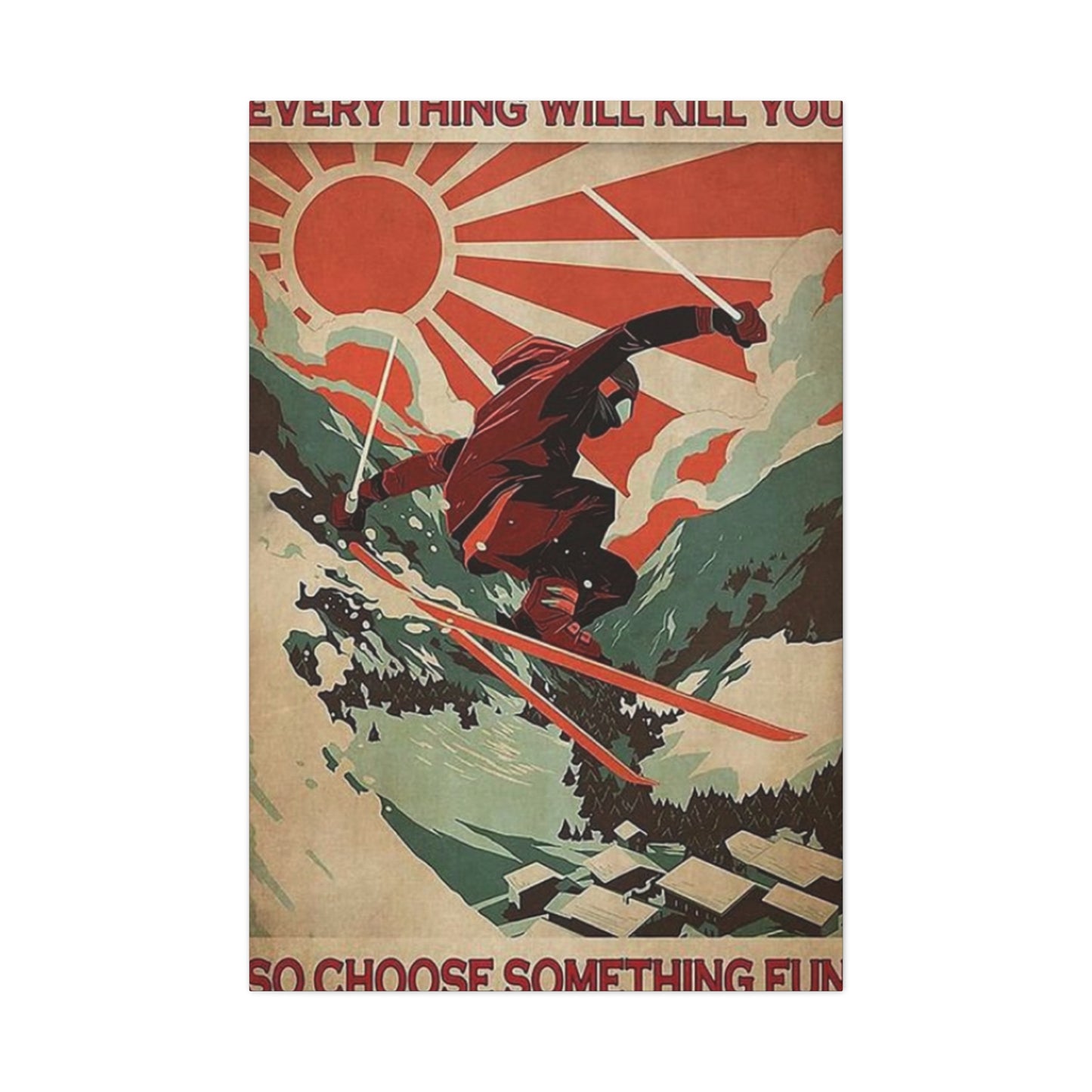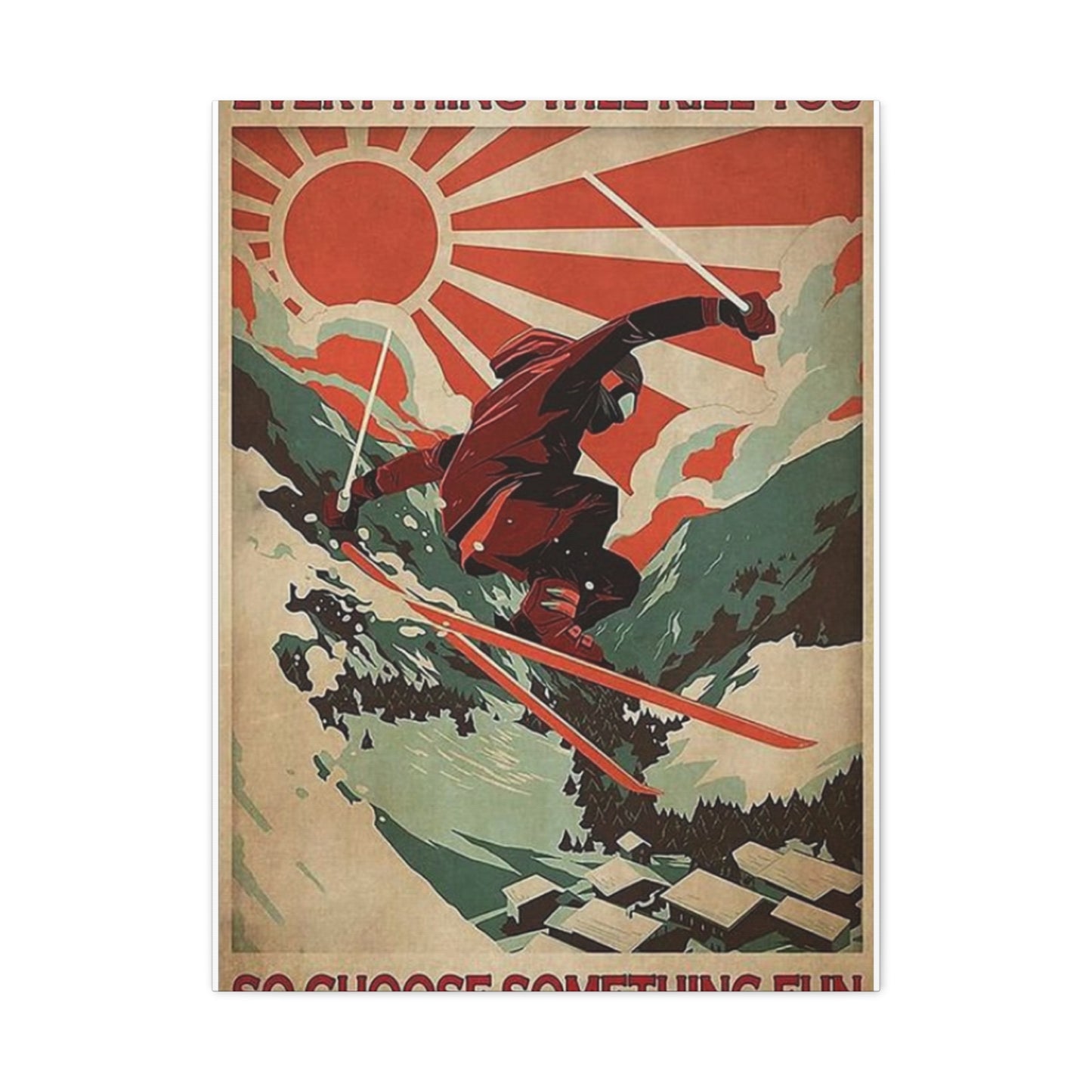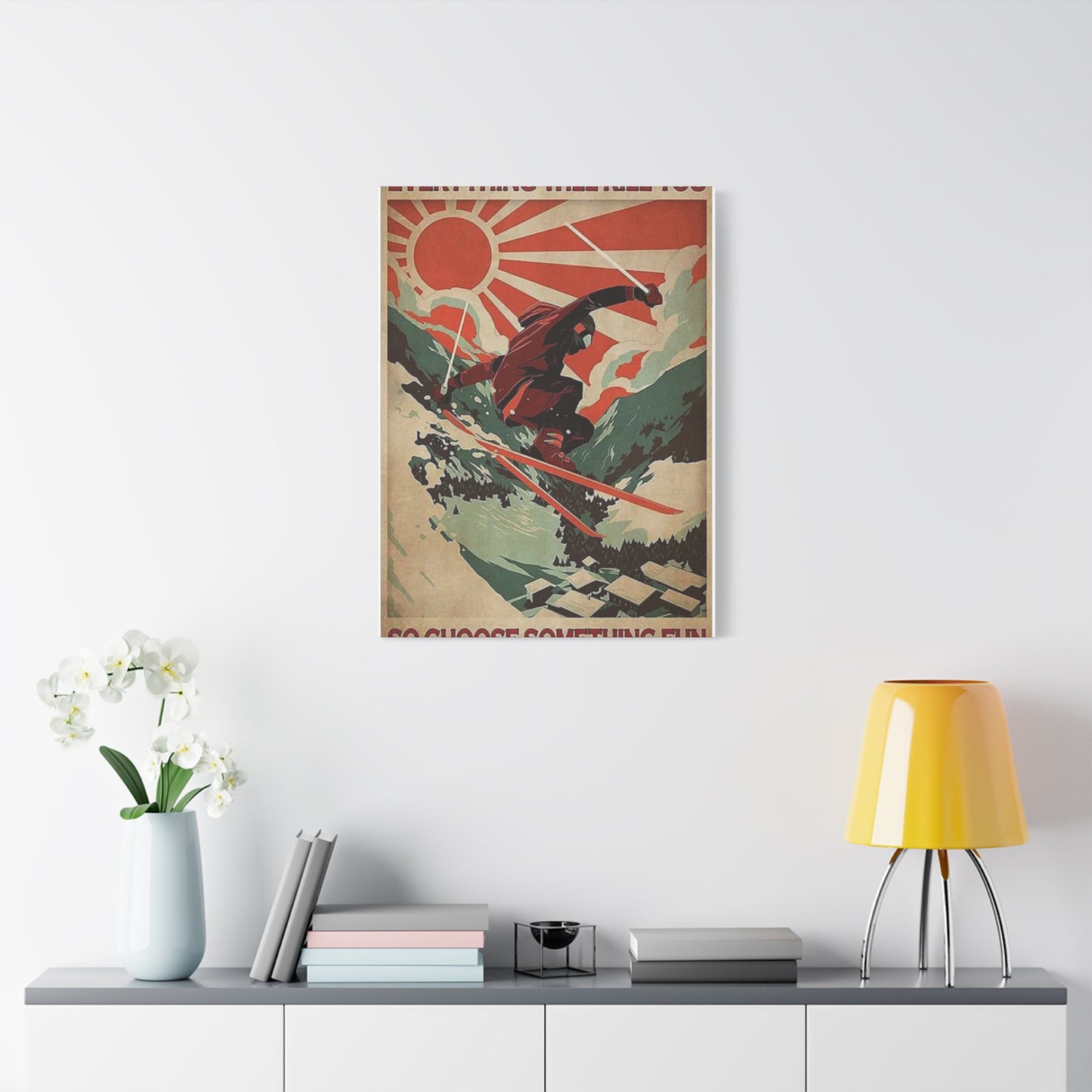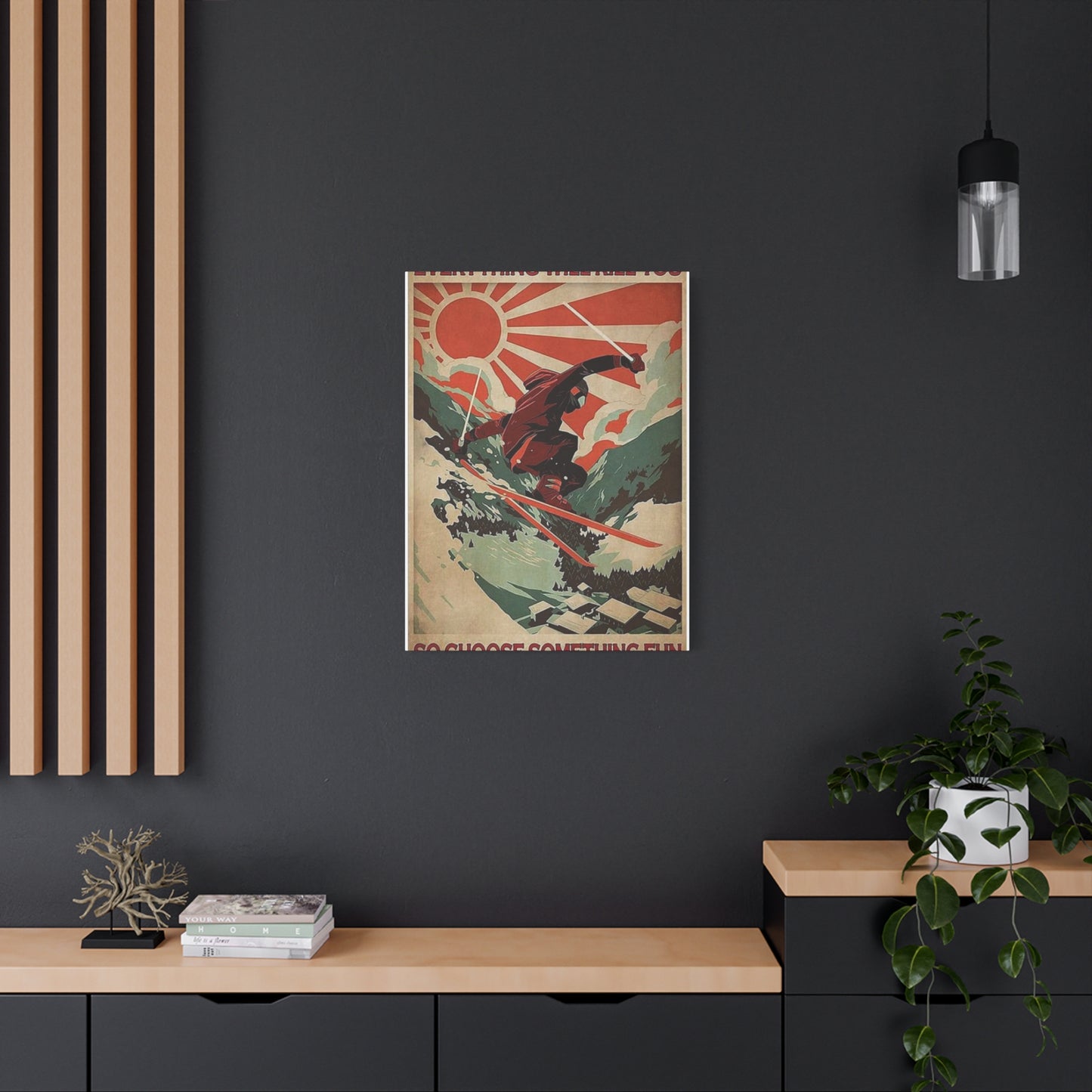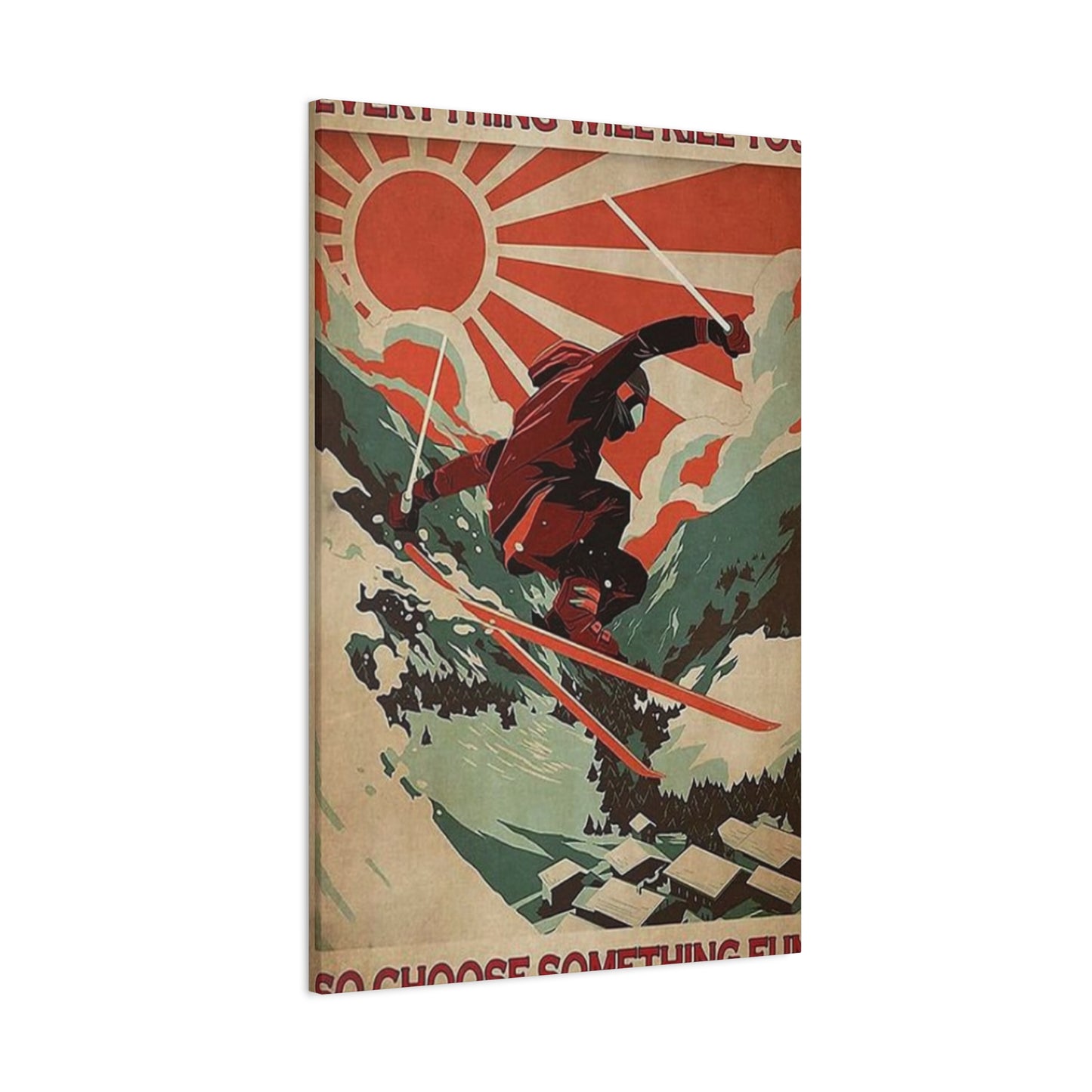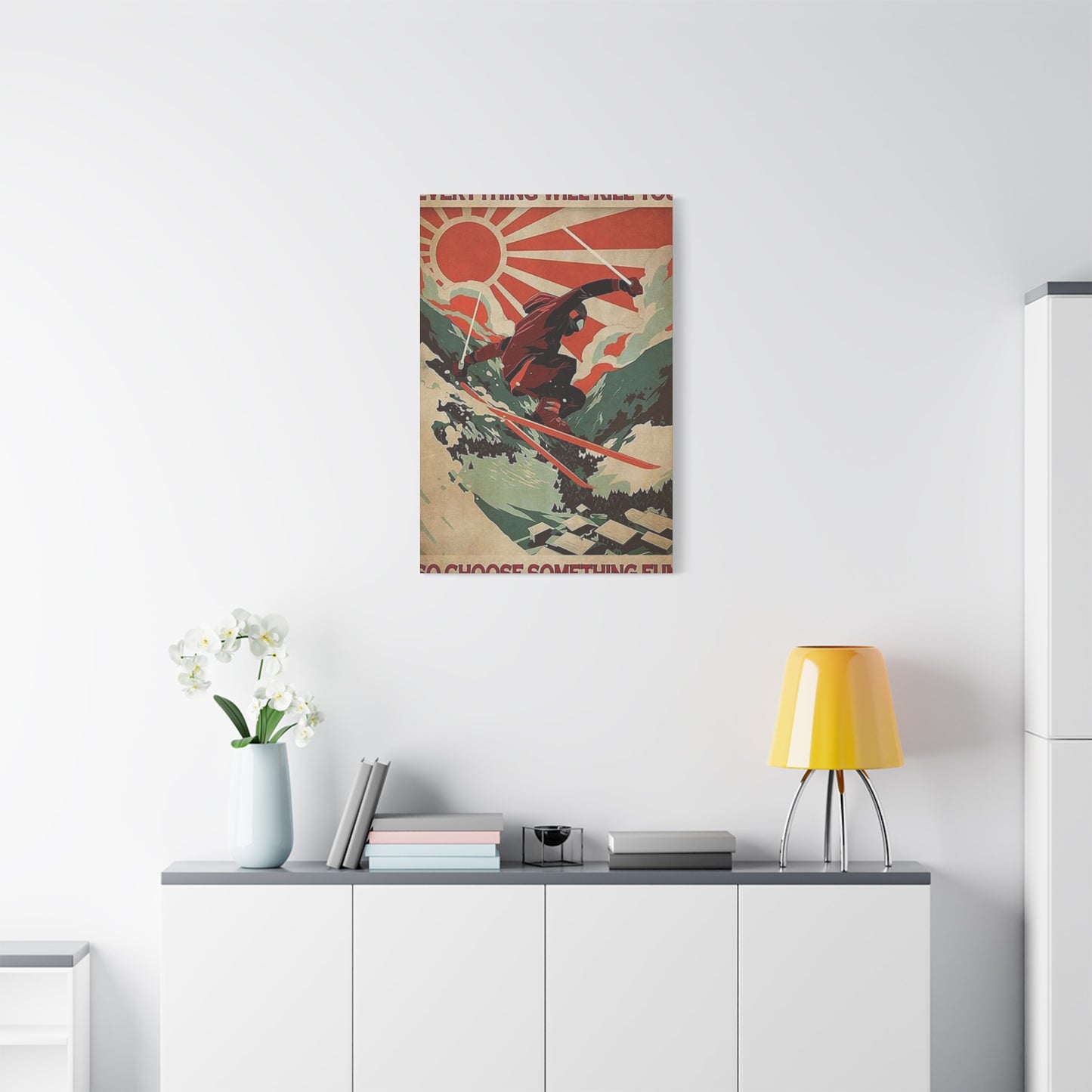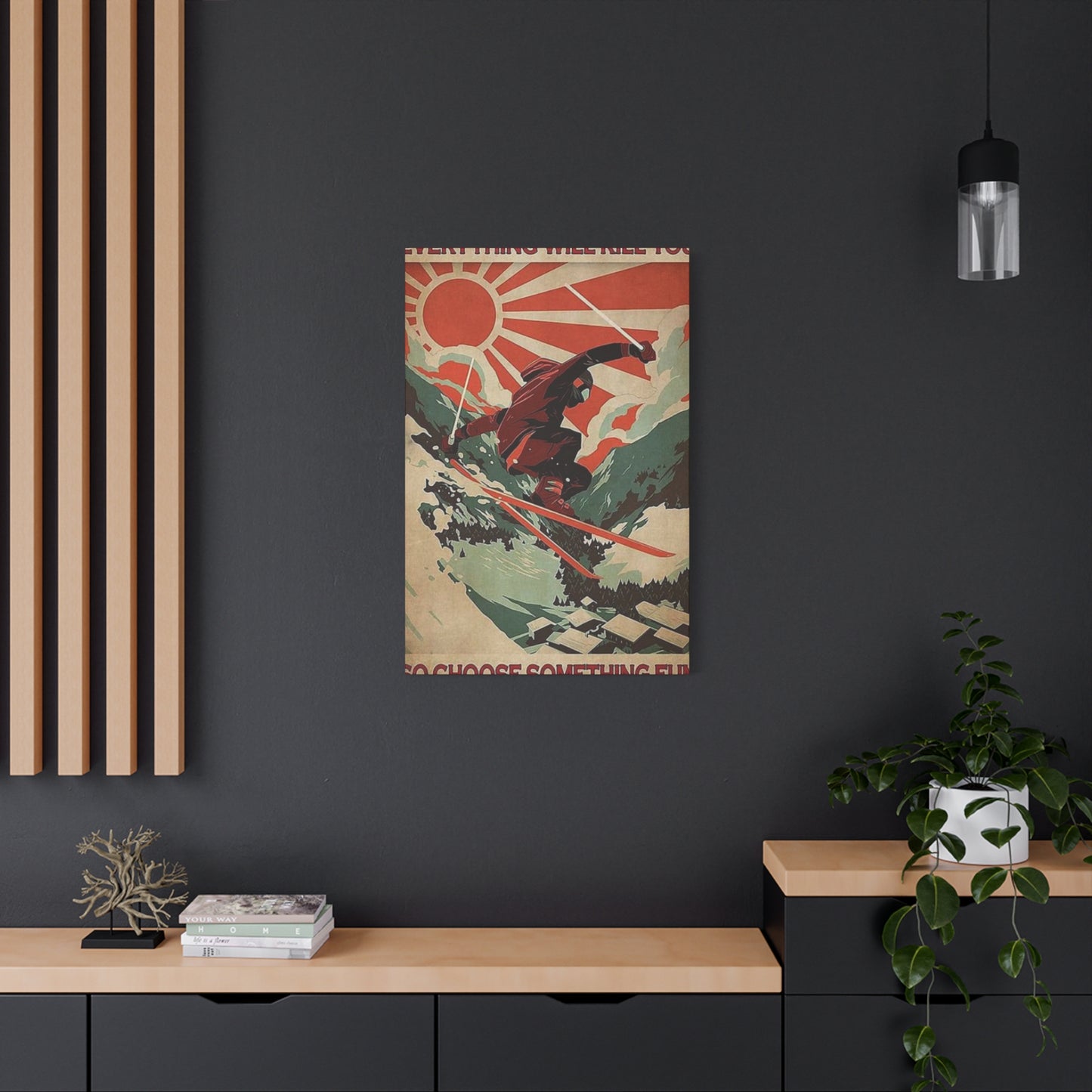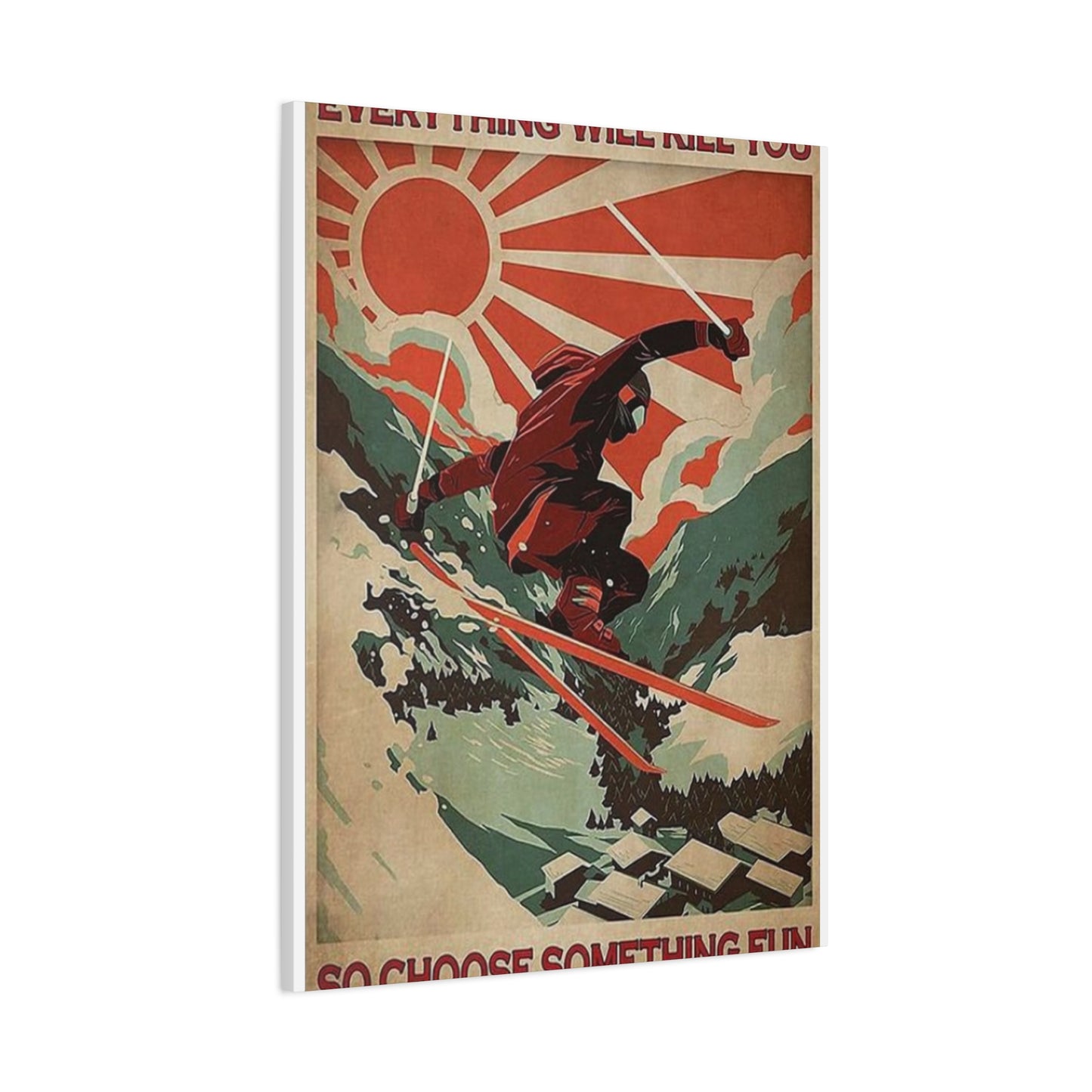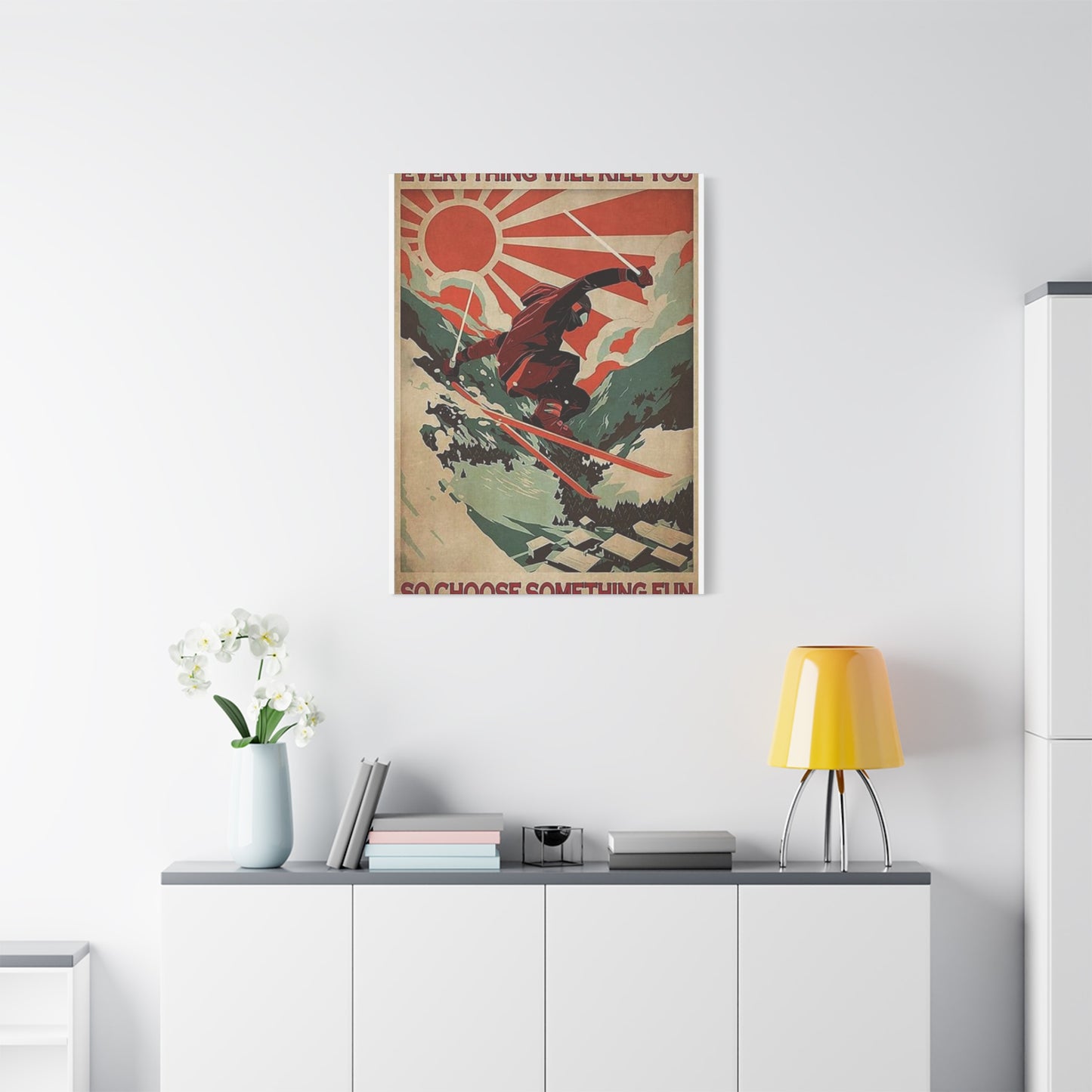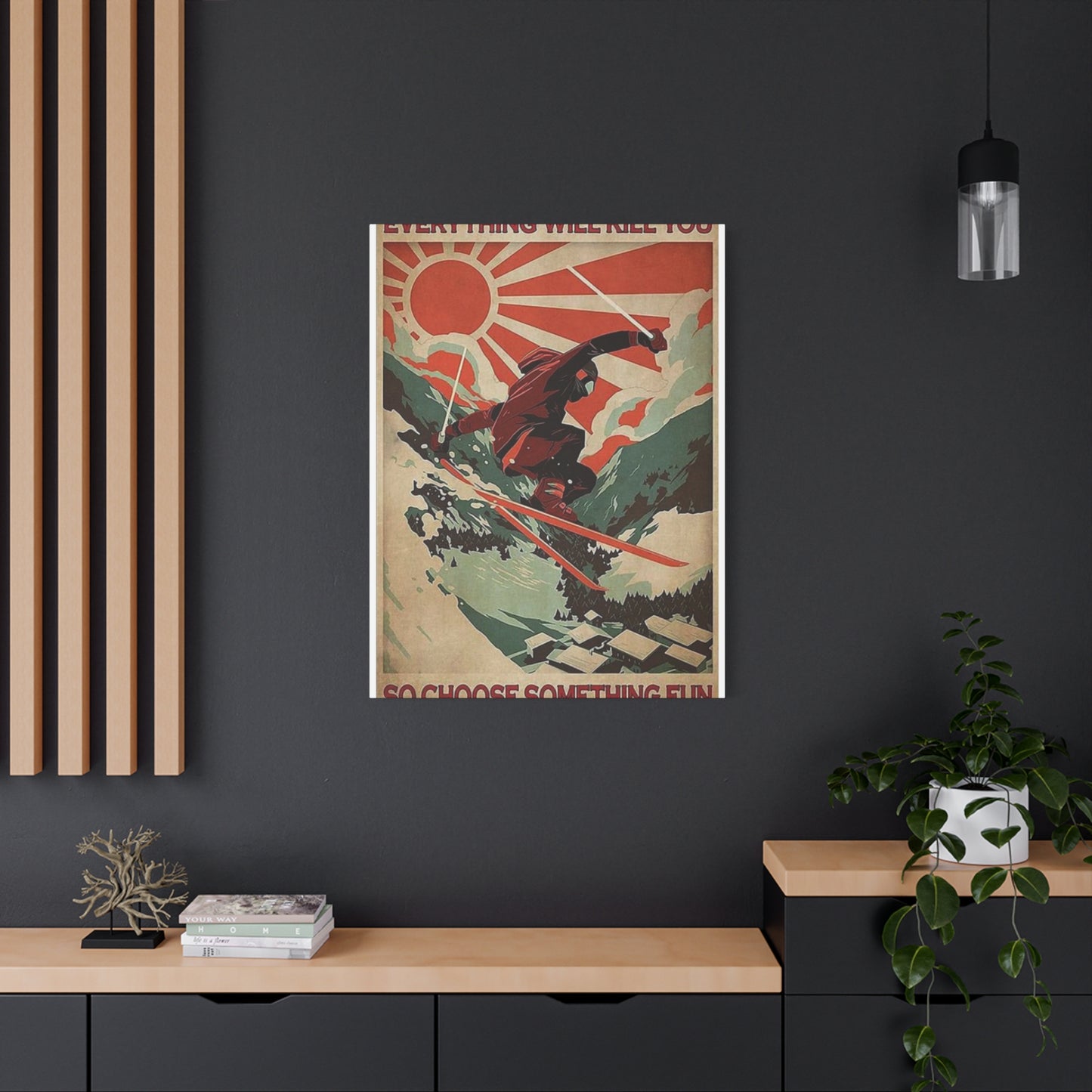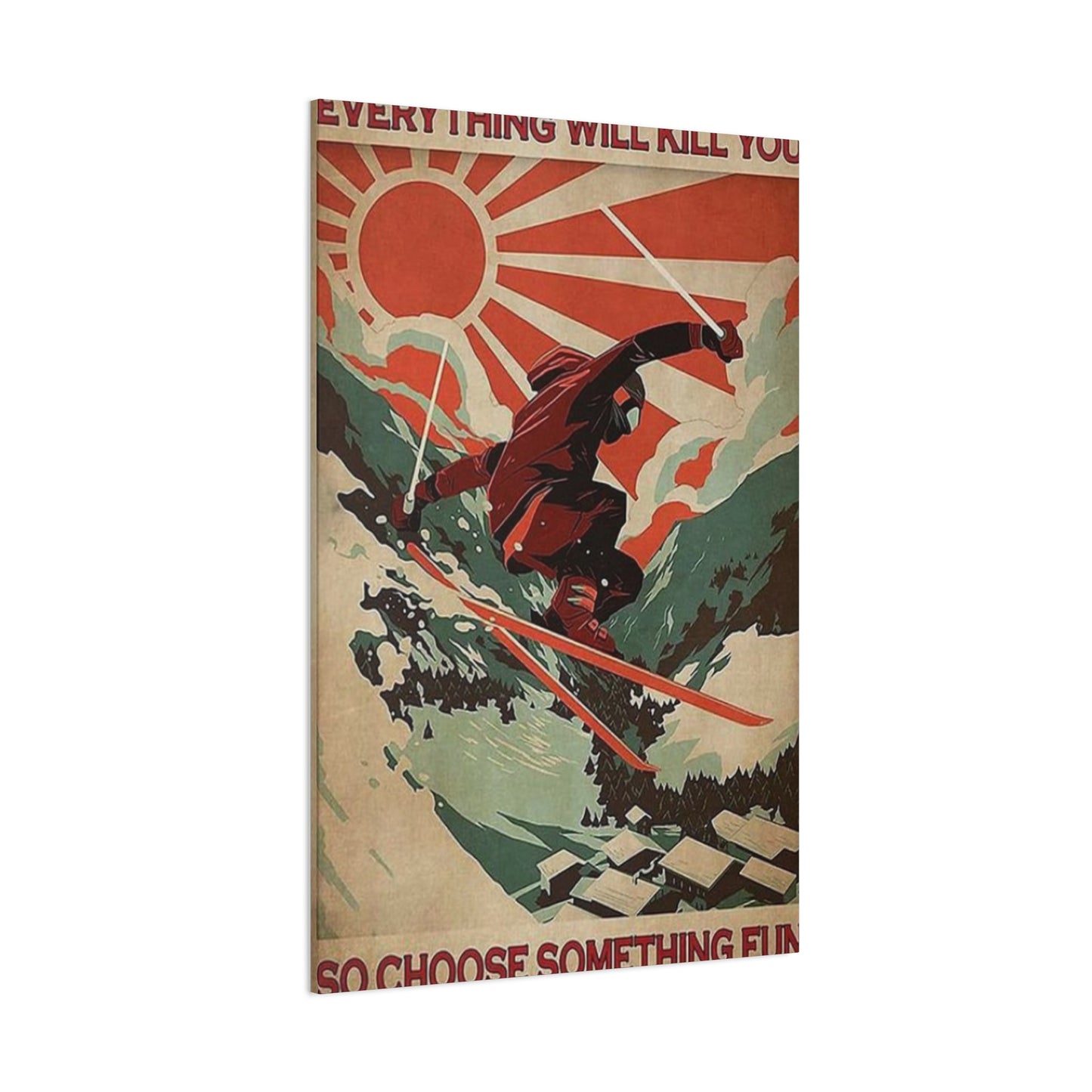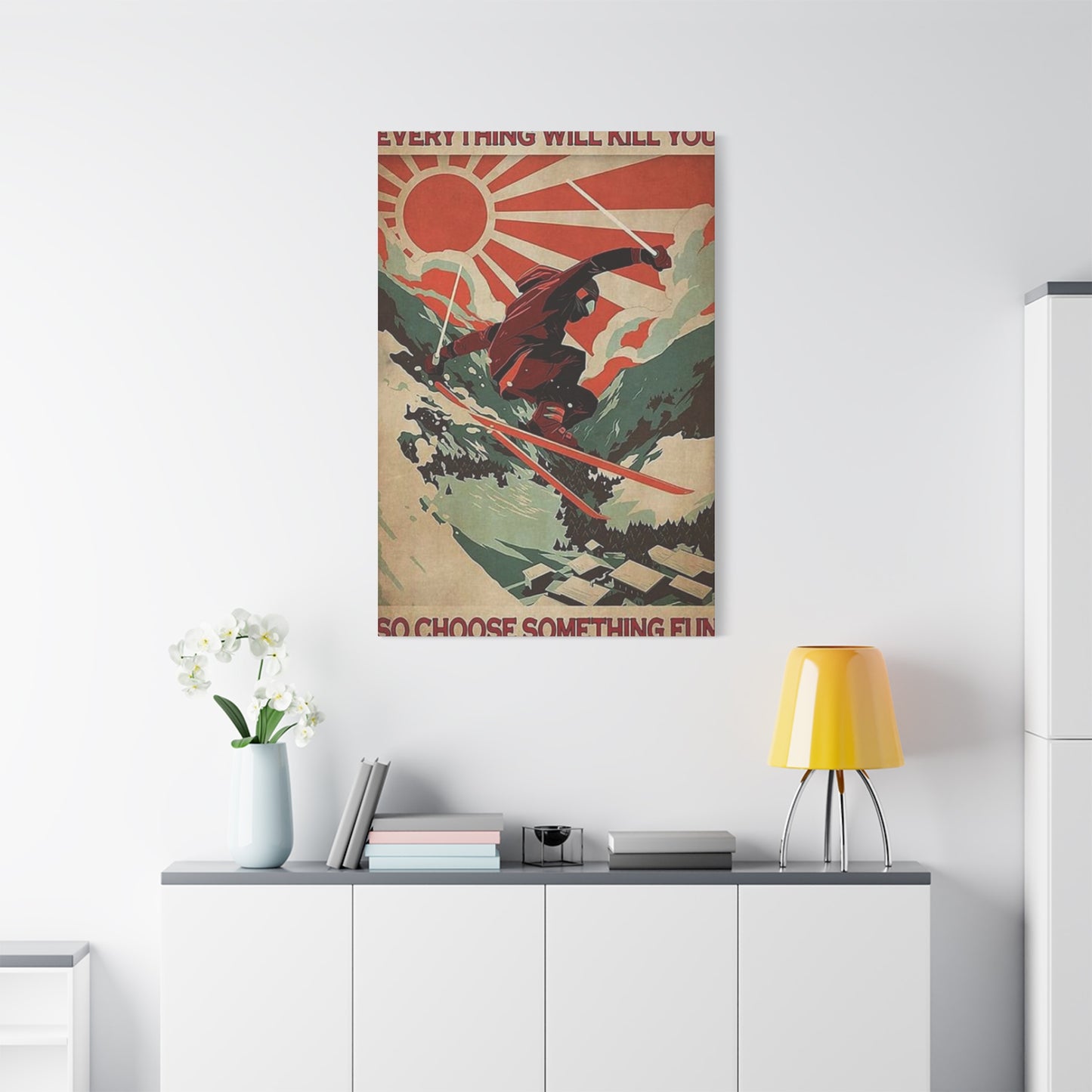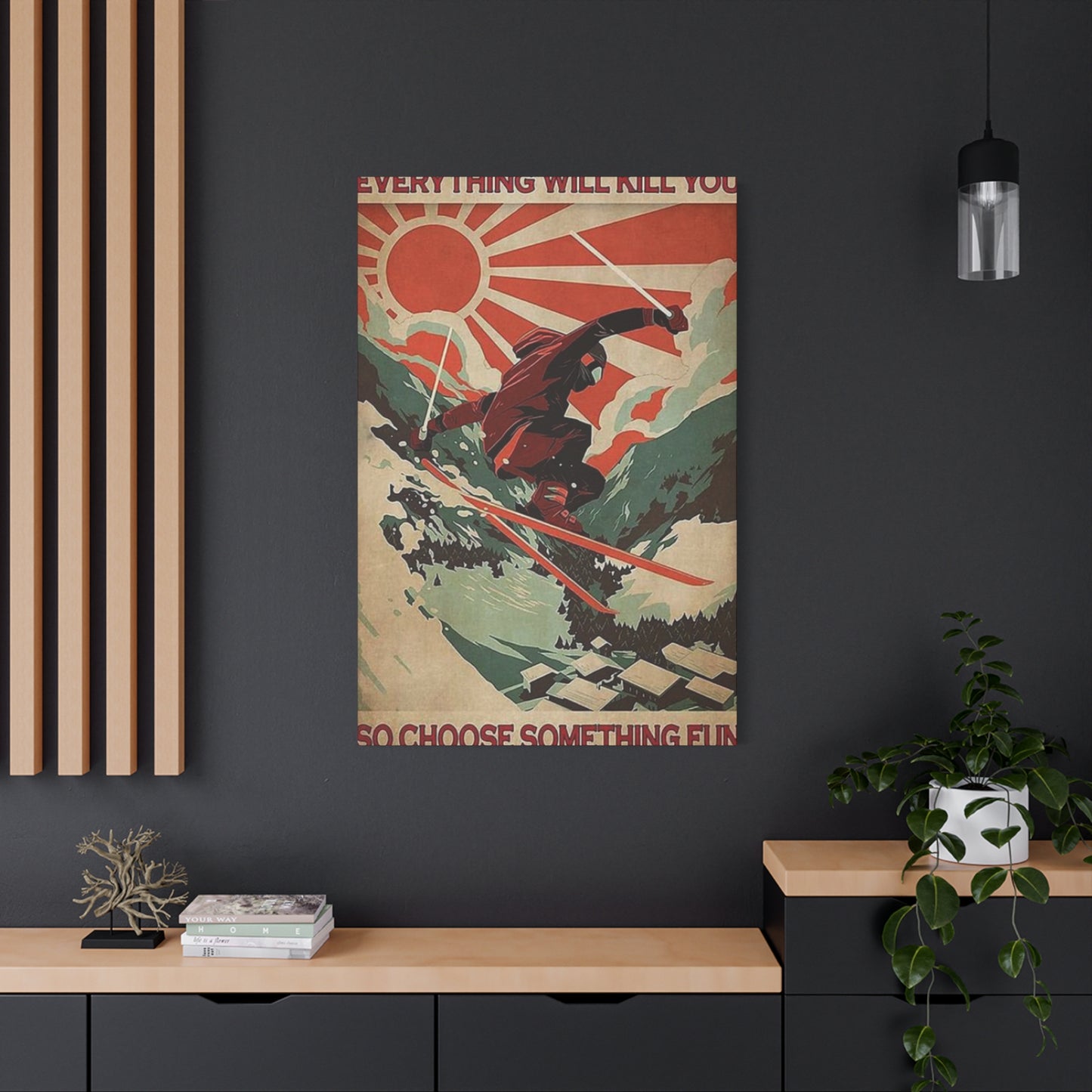Beaches to Walls: Top Surfing Wall Art decor Ideas for Your Man Cave
Creating a personal sanctuary that reflects your passion for the ocean and surfing requires careful consideration of decor elements that capture the essence of wave riding culture. A dedicated space adorned with carefully selected surfing artwork transforms an ordinary room into an inspiring haven that celebrates the freedom, adventure, and connection to nature that defines the surfing lifestyle. This comprehensive exploration delves into every aspect of incorporating ocean-themed artwork into your private retreat, offering detailed guidance on selection, placement, styling, and creating an atmosphere that resonates with the soul of a surfer.
Reasons Ocean Wave Artwork Belongs in Your Personal Space
The connection between surfing culture and personal retreat spaces runs deeper than simple decoration. Surfing represents a lifestyle choice, a philosophical approach to life that values freedom, respect for nature, and living in the moment. When you incorporate wave-riding imagery into your private sanctuary, you're not merely hanging pictures on walls; you're creating a physical manifestation of values and experiences that define who you are. The visual presence of surfing scenes serves as a constant reminder of the exhilaration felt when dropping into a perfect wave, the peace found while sitting on your board watching the horizon, and the community of like-minded individuals who share this passion.
Every glance at ocean artwork transports you mentally to the beach, even when responsibilities keep you far from the coast. This psychological transportation provides stress relief and mental rejuvenation, offering a mini-vacation for your mind throughout the day. Research in environmental psychology demonstrates that nature imagery, particularly ocean scenes, reduces cortisol levels and promotes relaxation. The blues and greens prevalent in surfing artwork naturally calm the nervous system, creating an environment conducive to unwinding after demanding days.
Beyond psychological benefits, surfing artwork serves as an excellent conversation starter when friends visit your space. Fellow wave riders immediately recognize kindred spirits through the presence of surfing imagery, leading to animated discussions about favorite breaks, memorable sessions, and dream destinations. Non-surfers often express curiosity about the lifestyle, providing opportunities to share your passion and perhaps inspire others to experience the magic of riding waves. This social dimension transforms your retreat from a solitary space into a hub for connection and community building.
The aesthetic versatility of surfing artwork allows integration with various design schemes, from rustic coastal themes to modern minimalist approaches. Whether you prefer vintage surf posters with retro typography, contemporary action photography capturing aerial maneuvers, or abstract interpretations of wave energy, options exist to complement any existing decor. This flexibility ensures that incorporating your passion for surfing doesn't require completely renovating your space but rather thoughtfully adding elements that enhance and personalize the existing environment.
Authenticity matters when selecting artwork for a space meant to reflect your genuine interests. Surfing imagery provides that authenticity for ocean enthusiasts, creating an environment that feels true to your identity rather than following generic decorating trends. This genuine self-expression through decor contributes to overall satisfaction with your living environment, as your space becomes an extension of your personality rather than a showroom display. The emotional connection to your surroundings increases when the decor reflects actual experiences and aspirations, making your retreat genuinely feel like home.
Establishing Ocean Atmosphere Within Your Private Retreat
Transforming an interior space into a coastal-inspired environment requires thoughtful integration of colors, textures, materials, and imagery that evoke seaside settings. The foundation of this transformation begins with understanding the visual and sensory elements that define coastal environments. Ocean settings feature specific color palettes dominated by various shades of blue, from deep navy representing deep water to turquoise reminiscent of tropical shallows. These blue tones mix with sandy beiges, sun-bleached whites, and the weathered grays of driftwood to create the characteristic coastal color scheme.
Incorporating these colors throughout your space establishes the environmental foundation upon which surfing artwork can truly shine. Wall colors in soft blues or sandy neutrals provide an ideal backdrop for vibrant surfing prints, allowing the action and energy of the images to pop while maintaining overall color harmony. Alternatively, keeping walls neutral in whites or light grays creates a gallery-like setting where surfing artwork becomes the focal point, drawing immediate attention upon entering the space. The choice between these approaches depends on whether you want the surfing theme to dominate or integrate subtly within a broader coastal aesthetic.
Texture plays an equally important role in establishing authentic coastal atmosphere. Smooth walls contrast effectively with rough-hewn wooden elements, mirroring the juxtaposition of sleek ocean surfaces and weathered beach materials. Incorporating reclaimed wood, whether as accent walls, shelving, or furniture pieces, immediately introduces organic texture that references driftwood, pier pilings, and vintage surfboards. The patina and character of aged wood adds warmth and authenticity that new materials cannot replicate, grounding the space in genuine coastal character rather than sterile, manufactured coastal clichés.
Natural fiber textiles contribute additional textural interest while reinforcing the coastal theme. Jute rugs, linen upholstery, and cotton canvas all reference materials traditionally associated with maritime culture. These materials also possess practical advantages, offering durability and easy maintenance while introducing subtle pattern through their natural weave variations. Layering different natural textures creates depth and visual interest without overwhelming the space or competing with your carefully selected surfing artwork.
Lighting dramatically affects how coastal-inspired spaces feel throughout the day. Natural light flooding through windows creates the bright, airy atmosphere characteristic of beachside locations, while strategic artificial lighting maintains this feeling after dark. Choosing warm-toned bulbs over harsh cool-white options ensures your space feels inviting rather than clinical. Positioning lights to highlight specific surfing artworks creates gallery-like drama, drawing attention to favorite pieces and creating visual hierarchy within the room. Dimmer switches allow mood adjustment, letting you shift from bright, energized daytime ambiance to relaxed evening atmosphere.
Incorporating actual surfing equipment as three-dimensional decor elements bridges the gap between two-dimensional artwork and fully immersive environment. Wall-mounted surfboard racks displaying vintage or retired boards add authentic detail while showcasing the sculptural beauty of board design. Fins, leashes, and other gear mounted as display pieces serve dual purposes as functional storage and visual interest. These practical elements remind you of actual surfing experiences, adding layers of personal history and meaning beyond what purchased artwork alone can provide.
Plants introduce living elements that soften spaces and improve air quality while referencing the natural environments where surfing occurs. Tropical species like palms, bird of paradise, and monstera immediately signal coastal locations, particularly tropical surf destinations. For less maintenance-intensive options, succulents and air plants provide sculptural interest while tolerating the occasional neglect. Strategically placing plants near surfing artwork creates cohesive vignettes that blend natural and artistic elements, reinforcing the connection between the depicted scenes and living nature.
Top Visual Concepts for Wave Rider Retreat Spaces
Selecting specific imagery for your surfing-themed retreat involves balancing personal preferences, available space, and desired atmosphere. The range of available surfing artwork spans numerous styles, subjects, and artistic approaches, each offering distinct visual impact and emotional resonance. Understanding the characteristics and effects of different artistic approaches helps you curate a collection that achieves your vision for the space.
Action photography capturing surfers at critical moments delivers immediate visual impact and excitement. Images frozen at the exact instant a rider drops into a massive wave, executes an aerial maneuver, or threads through a barrel provide visceral connection to the sport's thrilling aspects. The energy contained in these images radiates throughout the space, creating an atmosphere of adventure and possibility. Large-scale action photographs work particularly well as statement pieces on prominent walls, immediately establishing the room's theme and commanding attention. The detail available in high-quality surf photography allows viewers to study wave texture, spray patterns, and rider positioning, offering endless visual interest.
Vintage surf posters and advertising art provide historical connection to surfing's cultural development. These pieces, often featuring bold graphics, retro typography, and simplified illustration styles, reference specific eras in surfing history. Mid-century modern surf posters from the 1950s and 1960s capture the sport's transition from Hawaiian cultural practice to mainstream recreational activity. Psychedelic surf art from the late 1960s and 1970s reflects the counterculture movement's embrace of surfing as alternative lifestyle. These historical pieces add nostalgic charm while acknowledging surfing's rich cultural heritage, appealing to those who appreciate the sport's history as much as its present-day expression.
Abstract interpretations of wave energy and ocean movement offer sophisticated alternatives to literal representations. Artists working in abstract styles distill wave motion into essential forms, colors, and compositions that capture emotional and energetic qualities rather than photographic accuracy. These pieces work exceptionally well in spaces where subtlety and sophistication take priority over obvious thematic declarations. Abstract ocean artwork integrates seamlessly with diverse design styles, from contemporary minimalism to eclectic bohemian, making it ideal for those wanting coastal influence without heavy-handed theming.
Landscape photography featuring empty waves and pristine breaks provides contemplative counterpoint to action-focused imagery. These serene scenes capture the patient anticipation of checking surf conditions, the meditative quality of studying sets rolling toward shore, and the unspoiled beauty of remote surf locations. Empty wave photographs often feature stunning natural light, whether golden hour glow, dramatic storm light, or the crystalline clarity of offshore winds. These images create calming atmosphere while maintaining connection to surfing culture, perfect for spaces intended primarily for relaxation and unwinding.
Documentary-style photography depicting surf culture beyond the waves themselves tells broader stories about the lifestyle. Images of surfers waxing boards, traveling to remote breaks, gathering in beach parking lots, or living in surf-devoted communities illustrate the human dimensions of surfing culture. These narrative photographs add depth and context to action imagery, acknowledging that surfing encompasses much more than the brief moments spent riding waves. Including cultural documentation alongside wave photography creates a more comprehensive representation of the lifestyle.
Illustration and graphic art featuring surf-related imagery ranges from realistic renderings to highly stylized interpretations. Talented illustrators create unique visions of surfing that photographs cannot capture, whether hyper-detailed technical drawings of board design, whimsical interpretations of surf culture, or bold graphic designs incorporating surfing motifs. Limited edition prints from recognized surf artists add collectible value while supporting the artistic community connected to surfing culture. These pieces often become conversation centerpieces due to their unique artistic vision and craftsmanship.
Mixed media artwork incorporating found objects, beach materials, and unconventional techniques introduces three-dimensional interest and textural variety. Artists creating these pieces might embed sand, incorporate driftwood, or use unconventional materials like resin to create wave-like depth and transparency. The tactile quality of mixed media work invites closer inspection and creates visual interest that evolves as lighting changes throughout the day. These pieces work particularly well as featured artwork, commanding attention through their material complexity and artistic innovation.
Enhancing Retreat Atmosphere Through Surfing Prints
The strategic selection and placement of surfing prints significantly impacts the overall atmosphere and functionality of your personal space. Understanding how different print types, sizes, and arrangements affect room dynamics allows you to maximize the impact of your surfing artwork investment. The transformation from ordinary walls to inspiring gallery-quality displays requires attention to several key factors that determine success.
Scale considerations dramatically affect how artwork interacts with architectural elements and furniture arrangements. Oversized prints measuring several feet across create bold focal points that anchor entire walls and set the tone for surrounding decor. These statement pieces work best on walls with minimal interruption from windows, doors, or built-in features, allowing the artwork to command full attention. The visual weight of large-scale prints balances substantial furniture pieces and high ceilings, preventing spaces from feeling bottom-heavy or awkwardly proportioned. When selecting oversized surfing prints, ensure the image quality supports large reproduction, as pixelation or loss of detail undermines the intended impact.
Medium-sized prints offer versatility for creating gallery wall arrangements or balanced symmetrical displays. These prints, typically ranging from poster size to several feet in dimension, allow creative compositions featuring multiple related images. A collection of medium prints depicting various surf locations, different wave types, or progressive action sequences tells more comprehensive visual stories than single images alone. The ability to rearrange and reconfigure medium-sized prints as your collection grows or preferences evolve provides flexibility that oversized statement pieces cannot match. This adaptability particularly benefits those still developing their aesthetic preferences or those who enjoy periodically refreshing their environment.
Small prints and photo collections introduce intimacy and personal detail to spaces, particularly when displayed in clusters or salon-style arrangements. These smaller works allow you to showcase a broader range of imagery, perhaps including personal surf photography alongside professional artwork. The cumulative impact of many smaller pieces creates visual richness and texture that larger single images cannot achieve. This approach works exceptionally well for displaying travel photography from various surf trips, creating a visual diary of your surfing adventures. The personal nature of this display style makes spaces feel genuinely lived-in rather than professionally staged.
Print quality and production method significantly affect both visual impact and longevity. Giclée prints using archival inks on museum-quality paper or canvas deliver exceptional color accuracy, detail reproduction, and decades-long lifespan without fading. While more expensive than standard digital prints, giclée reproduction justifies the investment for important pieces you intend to display long-term. The superior quality becomes immediately apparent when viewing fine details like water texture, lighting subtleties, and color gradations. For temporary displays or spaces with high direct sunlight exposure, less expensive print methods may suffice, accepting that replacement will eventually become necessary.
Framing choices profoundly influence how surfing prints integrate with surrounding decor and architectural elements. Clean, simple frames in black, white, or natural wood maintain focus on the artwork itself, allowing the surfing imagery to dominate visually. These minimal frame styles suit contemporary and modern design schemes where simplicity and clarity take precedence. Conversely, more substantial frames with visible wood grain, distressed finishes, or nautical details reinforce coastal theming and add visual weight to smaller prints. Float mounting, where prints appear suspended within deep frames, creates dimensional interest and gallery-quality presentation. The space between print and frame edge draws attention to the artwork while adding literal depth that enhances three-dimensional illusion in photography.
Matting creates visual breathing room around prints, preventing artwork from feeling cramped within frames. Wide mats in neutral tones provide elegant, timeless presentation that never appears dated. The proportions of mat width relative to print size follow classical design principles, with bottom mats traditionally slightly wider than side and top mats to account for optical illusions that make perfectly equal measurements appear bottom-heavy. For informal, casual presentation, eliminating mats entirely and using borderless frames creates contemporary, edge-to-edge impact that maximizes the artwork's presence.
Canvas prints stretched over wooden frames offer frameless presentation that works particularly well with photographic and painterly surf artwork. The wrapped edges, where the image continues around the frame sides, eliminate visual interruption from frame borders, creating immersive, window-like effect. Canvas printing suits spaces with casual, relaxed atmospheres where formal framing might feel overly precious or stuffy. The texture of canvas adds artistic quality that distinguishes prints from simple poster presentation, elevating perceived value while maintaining approachability.
Placement height affects viewing comfort and artwork impact, with center points generally positioned at eye level for optimal viewing. In spaces where you'll primarily view artwork while seated, adjusting height downward ensures comfortable viewing without neck strain. Above furniture, maintaining 6-8 inches between furniture top and frame bottom creates visual connection without crowding. In areas with vaulted or high ceilings, raising artwork higher than standard eye level draws the gaze upward, emphasizing architectural height and creating drama. Breaking conventional height rules intentionally can create striking effects, particularly with oversized pieces that extend from near floor level to well above standard hanging height.
Integrating Wave Riding Themes Throughout Wall Spaces
Creating cohesive thematic expression throughout your personal retreat requires coordinated approach to wall decoration that extends beyond individual artwork pieces. Successful integration of surfing themes involves considering walls as complete compositions where artwork, architectural elements, and decorative accents work together to reinforce desired atmosphere. This holistic approach ensures every wall contributes to the overall environment rather than presenting disconnected visual elements.
Accent walls provide opportunities for immersive thematic expression that might overwhelm if applied throughout an entire space. Designating one wall as the primary surfing showcase allows bold artistic choices while maintaining balance through more neutral treatment of remaining walls. Options for surfing-focused accent walls include wallpaper featuring wave photography or ocean-inspired patterns, custom murals depicting favorite surf breaks, or concentrated gallery walls displaying extensive surfing print collections. The key to successful accent walls lies in ensuring the featured wall genuinely becomes the room's focal point, with furniture arrangements and lighting emphasizing its importance.
Color coordination between walls and surfing artwork creates harmonious environments where individual elements feel intentionally related rather than randomly assembled. Selecting wall colors that appear within surfing prints as accent or secondary colors creates subtle connection without matchy-matchy obviousness. If your favorite surfing print features a brilliant blue wave against golden sunset sky, painting walls in soft, sandy tones pulls that sunset color into the surrounding environment, making the artwork feel integrated rather than imposed. This color echo technique works whether you choose bold or neutral wall colors, as long as the selected shade appears somewhere within the artwork.
Creating visual rhythm through repeated elements, whether colors, shapes, or subjects, guides the eye around the space and establishes cohesive aesthetic. If one wall features a large print of a surfer riding a massive wave, including smaller prints of similar waves or surfing action on adjacent walls creates thematic connection through repetition. The varied sizes prevent monotony while the subject similarity creates satisfying pattern. This rhythmic approach works equally well with color repetition, where blues pulled from ocean imagery appear in throw pillows, area rugs, or decorative objects, creating color thread that ties disparate elements together.
Balancing surfing-specific imagery with complementary coastal elements prevents thematic overload while maintaining desired atmosphere. Interspersing surfing prints with seascape photography, beach landscape imagery, or abstract ocean artwork creates visual variety while staying within the broader coastal theme. This balanced approach allows non-surfer guests to appreciate the space's aesthetic without feeling excluded by insider surfing culture references. The variety also provides visual rest points where the eye can pause between more intense action imagery.
Incorporating three-dimensional elements alongside two-dimensional artwork adds depth and tactile interest that prevents walls from feeling flat or one-dimensional. Shadow boxes displaying surf memorabilia, mounted vintage surf fins, or sculptural wave representations create dimensional variety that pure photography or prints cannot achieve. These protruding elements cast shadows that change throughout the day as natural light angles shift, adding dynamic quality to static displays. The interplay between flat artwork and dimensional objects creates sophisticated, museum-quality presentation that elevates the entire space.
Negative space, the empty wall area surrounding artwork and objects, deserves as much consideration as decorated areas. Sufficient negative space prevents walls from feeling cluttered or chaotic, allowing individual pieces to breathe and command appropriate attention. The temptation to fill every available wall inch often results in visually exhausting environments where no single element receives proper focus. Strategic restraint, leaving generous empty space around key pieces, creates sophisticated presentation that highlights rather than overwhelms. This disciplined approach particularly benefits contemporary and minimalist design styles where simplicity and clarity define success.
Lighting integration transforms how surfing artwork appears and affects overall ambiance. Picture lights mounted directly above or below frames create gallery-like drama while ensuring artwork remains visible after dark. Track lighting systems offer flexibility to adjust individual spotlights as artwork changes or repositions. LED strip lights concealed behind floating shelves or inside frame backing create soft glow that makes artwork appear to float off the wall surface. These lighting techniques not only improve artwork visibility but also create atmospheric mood lighting that transforms the space's character between day and night.
Ocean Wave Imagery as Statement Decor Element
The decisive impact of bold artistic choices cannot be understated when creating memorable personal spaces. Surfing artwork, particularly large-scale photography and dramatic imagery, functions as powerful statement element that immediately establishes room character and conveys owner personality. Understanding how to leverage surfing art's inherent visual strength allows you to create spaces with genuine presence and personality rather than timid, forgettable decoration.
Statement artwork commands attention through size, subject matter, color intensity, or compositional drama. In surfing imagery, these attention-grabbing qualities manifest through various means. Massive wave photography showcasing the raw power and scale of big wave surfing creates immediate visceral impact. The viewer's eye cannot help but drawn to images of surfers challenging multi-story waves, the danger and courage inherent in such imagery generating emotional response. These powerful scenes make unambiguous declarations about the space owner's values: adventure, courage, respect for nature's power, and willingness to push boundaries.
Color intensity in tropical surf photography provides another avenue for statement-making. The electric turquoise of Caribbean reef breaks, the deep azure of Pacific swells, or the dramatic orange-pink of sunset sessions create chromatic impact that reverberates throughout the entire space. These vibrant colors inject energy and life into neutral environments, preventing them from feeling sterile or cold. The natural origins of these intense colors feel more authentic and less artificial than similar intensity achieved through abstract or geometric art, grounding the visual excitement in reality rather than pure artistic invention.
Unusual perspectives and angles transform familiar surfing subjects into arresting visual experiences. Underwater photography captured beneath breaking waves offers perspectives impossible to experience without specialized equipment, creating otherworldly scenes of light, bubbles, and turbulent water. Aerial drone photography revealing wave patterns, lineup positioning, and the relationship between surfers and ocean environment provides god's-eye views that inspire awe and contemplation. These uncommon viewpoints make even familiar subjects feel fresh and exciting, preventing the cliché that can afflict over-used imagery.
Black and white photography strips away color's distraction to emphasize form, texture, contrast, and compositional structure. Dramatic black and white surfing images possess timeless quality that color photography sometimes lacks, evoking documentary traditions and artistic photography's golden age. The absence of color focuses attention on wave shape, surfer positioning, water texture, and lighting quality. High-contrast black and white treatments create graphic, almost abstract quality that borders on illustration, particularly effective in contemporary and industrial design schemes where strong graphics complement architectural elements.
Series or triptych presentations allow single moment or subject expansion across multiple frames, creating larger visual statement than single image could achieve. A wave photographed in progressive sequence as a surfer drops in, maneuvers, and exits creates narrative flow that single instant cannot capture. Triptych arrangements presenting three related but distinct images at equal size create balanced, substantial wall coverage while maintaining flexibility in placement. These multi-panel presentations work particularly well on wide walls above sofas or beds, where single centered image might appear too small but oversized single piece would overwhelm.
The courage to commit to statement artwork requires confidence in personal taste and willingness to prioritize authentic self-expression over safe, universally acceptable choices. Spaces decorated to avoid offending or surprising visitors often lack memorable character, fading into indistinct background of generically pleasant environments. Bold surfing artwork makes clear statements about who you are and what you value, attracting like-minded individuals while potentially mystifying those with different interests. This selective appeal should be embraced rather than feared, as your personal retreat should first and foremost please you, its primary occupant.
Supporting statement artwork with complementary but subordinate elements creates visual hierarchy that guides attention appropriately. If one wall features a stunning oversized surf photograph, other walls should display smaller, less intense pieces that support rather than compete with the featured work. This supporting cast might include smaller surf prints, subtle coastal elements, or even completely non-themed artwork that provides visual rest. The goal is creating journey around the space where the statement piece serves as climax, with other elements building toward and reflecting from that central focus.
Crafting Your Retreat Around Wave Riding Wall Decor
Comprehensive space design requires considering how all elements interact to create unified environment. When surfing wall artwork serves as a primary design inspiration, every subsequent decision about furniture, colors, materials, and accessories should reference and support the themes and aesthetics established by that artwork. This coordinated approach distinguishes thoughtfully designed spaces from haphazard collections of unrelated items.
Beginning with your most significant surfing artwork piece provides solid foundation for all subsequent decisions. This anchor piece, whether massive wave photography, vintage surf poster, or custom artwork, establishes color palette, style direction, and intensity level for the entire space. Pulling specific colors from the artwork into paint choices, textile selections, and decorative accessories creates color story that feels intentional and cohesive. If your anchor piece features deep navy water, golden sand, and white foam, repeating those colors throughout the space in varying proportions and intensities maintains connection to the inspiring artwork.
Furniture selection and arrangement should complement rather than compete with surfing artwork. Clean-lined, low-profile furniture allows artwork to remain the visual focus, preventing furniture from dominating the space or blocking artwork views. Natural materials like wood, leather, and linen reference coastal environments and surfing culture's connection to nature. The weathered, lived-in quality of distressed leather and reclaimed wood mirrors the well-used character of favorite surfboards and surf-worn gear. Contemporary furniture with mid-century influences particularly suits surf-themed spaces, as these design periods coincide with surfing's mainstream cultural emergence.
Textile choices introduce pattern, texture, and additional color while referencing coastal and surfing themes. Striped patterns in nautical blues and whites, subtle wave or scale patterns, and organic textures like linen's slub or jute's coarse weave all reinforce coastal connection without obvious theming. Layering different textures creates tactile interest that makes spaces feel inviting rather than purely visual. Throw pillows featuring subtle surf-related patterns or colors pulled from artwork provide inexpensive ways to strengthen thematic connections and seasonal refreshment opportunities.
Flooring decisions significantly impact how coastal and surfing themes read within the space. Light-toned wood or wood-look flooring suggests bleached boardwalks and weathered docks, providing warm, natural foundation. If replacing flooring isn't feasible, large area rugs in natural fibers like jute or sisal introduce coastal texture while defining seating areas and adding warmth. Avoid overly ornate rugs with complex patterns that compete with surfing artwork for attention; instead, choose simple, textural options that ground the space without demanding focus.
Window treatments balance natural light admission with privacy needs while supporting overall aesthetic. Sheer, light-filtering curtains maintain coastal spaces' characteristic bright, airy feeling while providing sun protection for surfing artwork that might fade with prolonged direct sunlight exposure. Natural materials like linen or bamboo shades reinforce organic, coastal quality. Avoiding heavy, dark drapes prevents contradicting the open, light-filled atmosphere you're working to create.
Accessorizing with intention prevents clutter while adding personality and finishing touches. Functional items like vintage surfboard displayed as wall art, surf photography books arranged on coffee tables, or carved wooden bowls reminiscent of Hawaiian craftsmanship serve dual purposes as useful objects and thematic reinforcement. Plants, particularly those associated with tropical surf destinations, add living elements that improve air quality while reinforcing coastal atmosphere. The key to successful accessorizing lies in restraint—selecting few meaningful items rather than accumulating every surf-related object encountered.
Scent contributes to atmosphere in ways visual elements alone cannot achieve. While not visible, scent powerfully triggers memory and emotion, potentially enhancing the coastal atmosphere you're creating. Candles or diffusers featuring ocean, coconut, or tropical fragrances subtly reinforce the beachy vibe suggested by surfing artwork. Salt-scented products specifically evoke the ocean air that surfers associate with time at the beach. This multisensory approach creates more immersive environment than visual decoration alone.
Bold, Energetic, and Masculine Ocean Rider Space Decor
The intersection of surfing culture and traditionally masculine design aesthetics creates spaces that feel adventurous, grounded, and authentic. Understanding how surfing artwork contributes to masculine design schemes allows you to create environments that feel strong and substantial without resorting to clichés or sacrificing sophistication. The goal is crafting spaces that embrace masculine energy while remaining welcoming and aesthetically refined.
Masculine design traditionally emphasizes darker colors, stronger materials, cleaner lines, and reduced ornamentation compared to more decorative approaches. Surfing artwork naturally aligns with many of these principles, particularly action photography celebrating physical skill, courage, and nature's raw power. The subjects themselves—athletes challenging massive waves, remote wilderness coastlines, solitary dawn patrol sessions—resonate with traditionally masculine values of independence, challenge, and mastery.
Color palettes in masculine surf-themed spaces tend toward deeper, more saturated tones rather than bright or pastel shades. Deep navy blues suggesting ocean depths, charcoal grays echoing storm clouds and volcanic sand beaches, forest greens referencing tropical jungle coastlines, and rich browns from weathered wood all create sophisticated, grounded color schemes. These darker values provide dramatic contrast for white wave foam and lighter elements in surfing photography, making the artwork pop while maintaining overall moodiness. This color approach also provides practical benefits, as darker colors hide wear and aging better than lighter alternatives.
Material choices emphasize durability, authenticity, and connection to surfing's practical roots. Leather upholstery, whether smooth or distressed, brings substantial, long-lasting quality that improves with age. Exposed wood in rough-sawn or minimally finished states showcases material honesty and craftsmanship. Metal elements in industrial finishes like matte black, aged bronze, or raw steel add edge and durability. These materials reference surfing's functional aspects—wetsuits, board construction, vintage vehicles used for surf trips—creating thematic coherence between artwork subjects and physical environment.
Furniture proportions in masculine spaces typically emphasize horizontal lines and substantial scale over delicate or vertical elements. Low, deep seating provides comfortable lounging while maintaining groundedness and stability. Substantial coffee tables and media consoles offer functional surfaces without appearing fragile or fussy. This furniture scale complements large surfing photography, as both elements possess visual weight that creates balanced compositions. Avoiding overly ornate or decorative furniture keeps attention focused on artwork and prevents style conflicts between decorative periods.
Lighting in masculine surf-themed spaces often employs industrial or utilitarian fixtures that provide function without fussiness. Exposed filament bulbs, metal cage pendants, and adjustable task lighting all reference workshop and garage aesthetics while providing necessary illumination. These fixtures complement surfing artwork's athletic subject matter, as both celebrate function and capability. Strategic use of dimmer switches allows atmosphere adjustment from bright and energized to low and relaxed, accommodating different activities and moods.
Display of actual surfing equipment transforms functional items into decorative elements while maintaining masculine emphasis on utility over pure decoration. Vintage longboards mounted horizontally create striking wall art with genuine history and character. Surfboard fin collections in shadow boxes showcase functional design evolution while creating geometric visual interest. Wetsuit displayed on industrial-style stands creates sculptural elements that spark conversation. This equipment integration ensures the space feels authentically connected to actual surfing rather than merely themed around surfing imagery.
Avoiding excessive coordination or matching prevents spaces from feeling decorated rather than lived-in. Masculine design often embraces slight roughness, collected-over-time aesthetics, and practical function over perfect coordination. Not all surfing prints need matching frames; mixing wood, metal, and simple black frames creates more relaxed, authentic feeling. Furniture pieces in complementary but not identical finishes suggest accumulation through life experiences rather than single shopping trip. This carefully cultivated looseness maintains masculine casual confidence while still achieving cohesive overall design.
Incorporating personal surf photography and memorabilia adds authentic masculine touch that purchased artwork alone cannot provide. Framed photographs from your own surf trips, contest jerseys from competitions, or lineup photos with surf buddies create personal narrative that transforms space from generically masculine to specifically yours. These elements demonstrate genuine connection to surfing culture rather than superficial appropriation, lending credibility and authenticity. The stories behind personal items provide natural conversation starters that forge connections with visitors who share your passion.
Why Ocean Wave Prints Perfect Your Private Retreat Aesthetic
The journey toward creating your ideal personal space requires identifying elements that resonate with your authentic self while creating functional, comfortable environment. Surfing prints serve as that crucial element for ocean enthusiasts, providing visual anchors that tie together disparate design components into cohesive whole. Understanding the specific ways surfing artwork completes and enhances space aesthetics helps you make informed decisions about selection and implementation.
Surfing prints provide immediate visual interest in ways that abstract or generic artwork cannot match for those connected to ocean culture. The specific, recognizable subject matter creates instant comprehension—viewers immediately understand what they're seeing and what it represents. This clarity allows the artwork to communicate personality and passion without requiring explanation or interpretation. Generic landscape photography or abstract color fields might be aesthetically pleasing but communicate nothing specific about the inhabitant's interests or identity. Surfing imagery makes clear statements that help visitors understand who you are and what you value.
The natural color palettes within surfing photography provide designer-approved color schemes without requiring advanced color theory knowledge. Ocean blues ranging from pale aqua to deep navy, sandy neutrals from cream to taupe, and natural whites from seafoam to brilliant sun-reflected highlights all work harmoniously together because they coexist in nature. Building your space's color scheme around colors present in chosen surfing artwork essentially borrows from nature's own design, ensuring pleasing results. This natural color coordination takes guesswork out of selecting paint, furniture, and accessories.
Surfing prints create emotional resonance that transforms houses into homes. While any artwork might be visually appealing, surfing imagery holds specific meaning for those who ride waves or aspire to do so. Each glance at surfing artwork can trigger memories of specific sessions, inspire anticipation for future surf trips, or simply remind you of the peace and joy found in ocean environments. This emotional connection to your surroundings increases overall life satisfaction and sense of wellbeing, as your environment actively supports your identity and values rather than simply housing you.
The inspirational quality of surfing artwork provides daily motivation and perspective. Seeing images of surfers challenging massive waves reminds you that facing challenges with courage and commitment leads to extraordinary experiences. Empty wave photography depicting perfect, uncrowded lineups reinforces the possibility of finding your own perfect moments with patience and persistence. Sunset surf sessions captured in golden light remind you to appreciate beauty and seek balance between productivity and play. These subtle daily reminders influence mindset and attitude, making your retreat space not just comfortable but actively beneficial to your mental state.
Surfing prints balance masculine energy with natural beauty in ways that pure action imagery or pure landscape photography cannot achieve alone. The athletic, challenging aspects of surfing appeal to masculine sensibilities valuing courage and physical prowess, while the beautiful natural settings and graceful motion satisfy aesthetic appreciation of form and composition. This duality allows surfing artwork to feel complete rather than one-dimensional, appealing to different aspects of your personality simultaneously.
The conversation-starting power of surfing artwork creates social opportunities and connection points with visitors. Fellow surfers immediately recognize the imagery and often respond with enthusiasm, sharing their own surf experiences and creating instant rapport. Non-surfers frequently express curiosity about the lifestyle, asking questions about learning to surf, favorite locations, or what it feels like to ride waves. These conversations deepen relationships and create memorable interactions that generic artwork would never inspire. Your retreat space becomes not just comfortable for you but actively facilitates social connection.
Surfing prints demonstrate that you've invested thought and intention into creating your environment rather than accepting default or generic decoration. The specific nature of surfing imagery indicates that choices were made based on personal passion rather than simply selecting whatever was easily available or currently trendy. This intentionality signals to yourself and visitors that your space matters to you, that you've claimed ownership of your environment, and that you value authentic self-expression. This statement of intentional living extends beyond decoration into broader life philosophy.
Infusing Energy and Adventure Through Ocean Wave Artwork
Creating dynamic, energized environments that inspire action and adventure requires careful selection of imagery that embodies these qualities. Surfing artwork naturally communicates action, adventure, and living boldly through both explicit content and implicit associations. Understanding how to leverage these energetic qualities allows you to craft spaces that motivate and invigorate rather than simply provide passive comfort.
Action photography freezes peak moments of athletic performance, capturing human capability at its finest. Surfing photography specifically showcases the split-second timing, precise body control, and courage required to ride powerful waves. These images implicitly celebrate practice, dedication, and pushing personal limits—values that extend beyond surfing into all areas of life. Surrounding yourself with images of people excelling under challenging conditions creates a subtle expectation that you too will rise to challenges and pursue excellence. This ambient inspiration proves more effective than explicit motivational slogans precisely because it operates subtly, influencing mindset without heavy-handed messaging.
Conclusion
Transforming your man cave into a surf-inspired haven is an exciting way to celebrate both your love for surfing and the laid-back beach lifestyle. Surfing wall art offers endless opportunities to create a space that reflects your passion for the sport while also injecting a sense of adventure, freedom, and energy into your surroundings. From vintage surf posters to modern abstract designs, the right surfing wall art can make all the difference in turning your man cave into a unique and personalized retreat.
When it comes to decorating your man cave with surfing-themed artwork, the key is to balance style, personality, and functionality. Surfing wall art is incredibly versatile, offering something for every taste and decor style. Whether you prefer the boldness of large-scale photographic prints or the artistic simplicity of minimalist surf sketches, there’s a perfect piece out there to fit your space. With the right surf art, you can create an environment that sparks creativity, encourages relaxation, and celebrates the freedom that surfing embodies.
One popular approach is to mix different types of surfing wall art to create an eclectic, visually dynamic space. For example, combining vintage surf advertising posters with modern surf photography can give your man cave a timeless yet contemporary vibe. Framed action shots of surfers carving through waves or catching air can add an exciting, high-energy feel to the room, while retro surf posters bring a nostalgic touch that connects with the history and culture of the sport. This blend of styles offers a way to pay homage to the evolution of surfing, all while maintaining a visually interesting and unique decor.
If you're drawn to a more minimalist or abstract aesthetic, consider opting for abstract surfing prints or canvas art that captures the fluidity and motion of the ocean. These pieces can transform your man cave into a modern, artistic space that still embodies the essence of the surf. The organic shapes and fluid lines that define abstract surf art can evoke a sense of calm and tranquility, perfect for unwinding after a long day. These types of prints also complement minimalist or industrial-themed man caves, where clean lines and simplicity take center stage.
Another fantastic way to incorporate surfing into your man cave is through a gallery wall. By grouping together various surfing art pieces, from vintage posters to contemporary abstract canvases, you can create a cohesive display that brings the entire space to life. This is a great way to showcase your love for surfing while also giving your walls an eye-catching focal point. The diverse range of colors, sizes, and themes will create an engaging and visually stimulating atmosphere.
To further enhance the vibe of your man cave, consider adding some three-dimensional elements to your wall decor. Surfboards, for example, can double as both functional and decorative pieces. Whether mounted on the wall or displayed in a corner of the room, a surfboard can immediately evoke the feeling of being at the beach, adding depth and texture to your space. Additionally, adding nautical-themed accessories, such as ropes, driftwood, or seashells, can elevate the overall beach vibe and create a cohesive, immersive environment.
Lighting plays a crucial role in setting the mood of your man cave. Accent lighting can highlight your surfing wall art, drawing attention to the key pieces and creating a more atmospheric ambiance. Consider spotlights or track lighting that can be directed at your favorite art pieces, or opt for soft, warm lighting that adds to the relaxed, beach-inspired atmosphere.
In conclusion, surfing wall art is a powerful tool in transforming your man cave into a space that reflects your personality, passion, and lifestyle. From vintage surf posters to modern abstract pieces, there’s a wide variety of art styles to choose from, allowing you to craft a space that feels uniquely yours. With the right surfing-inspired decor, your man cave will become a place where you can relax, unwind, and celebrate the freedom and thrill of surfing every day. Whether you're an avid surfer or simply drawn to the ocean’s vibe, integrating surfing art into your man cave will ensure it becomes a space that is both visually captivating and personally meaningful.

















